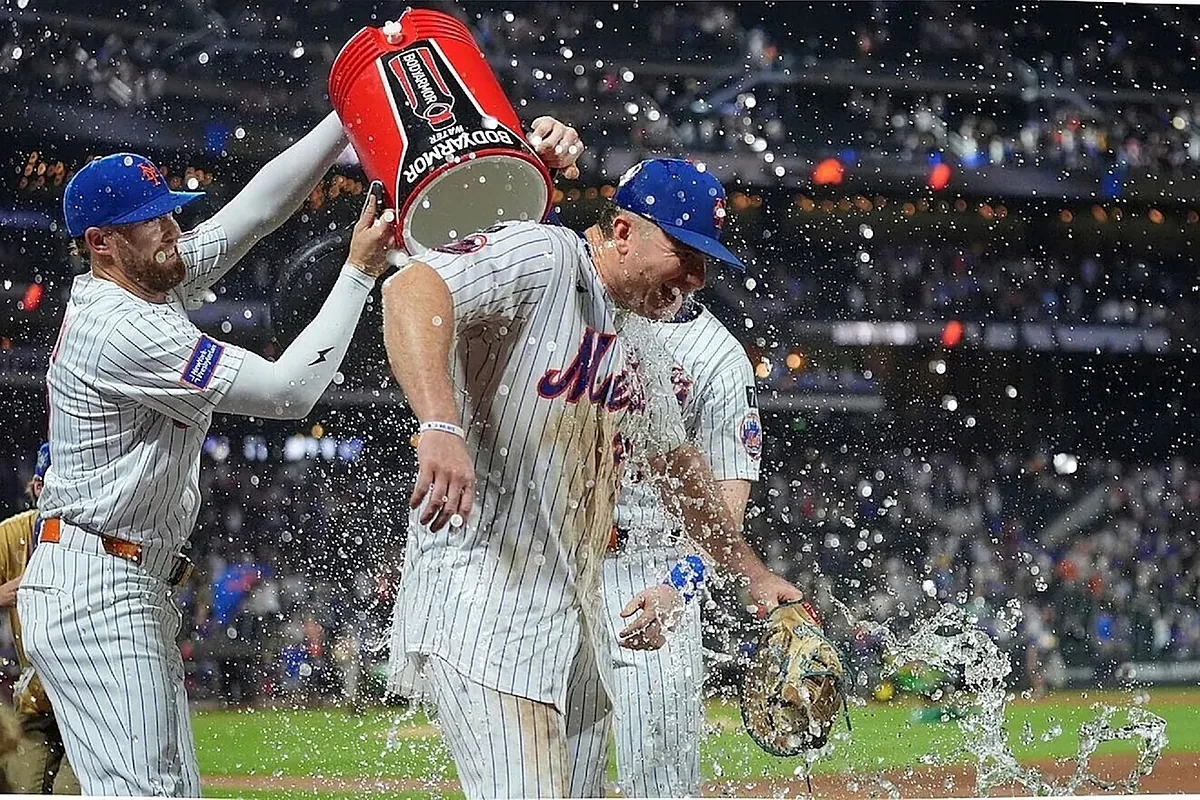Sport News
The Sobering Truth: Why MLB Players Are Drinking Less
In a significant cultural shift mirroring broader societal trends, Major League Baseball players are increasingly opting for sobriety over suds. Driven by the relentless gaze of social media, the rising legality of cannabis, and an unprecedented level of on-field competition, the days of boozy clubhouses and legendary drinking escapades are largely fading into baseball lore.
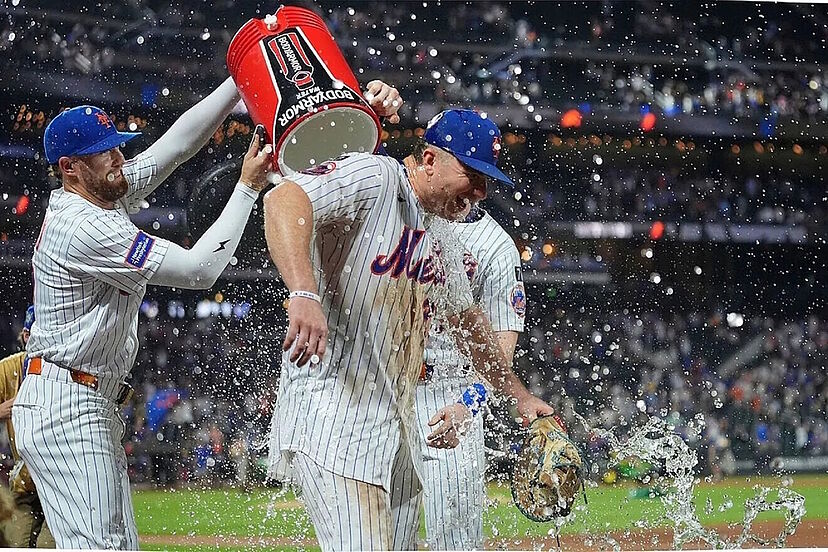
According to a comprehensive report by Jake Mintz for Yahoo Sports, conversations with over 30 major league players, coaches, and front-office staff confirm a definitive trend: players are drinking less than ever before. This isn’t just a casual observation; it’s a fundamental change in the culture of America’s pastime.
The Modern Athlete’s Vices: Social Media, Cannabis, and Competition
Several factors converge to explain this shift. The omnipresence of social media means every public action, especially for a public figure, can be instantly broadcast and scrutinized. As one multiple All-Star told Yahoo Sports, “It’s not to get drunk, go out, f*** around and cause trouble because, like, you can’t do that. You hear the stories, but you can’t do that. You just can’t.”
Moreover, the increasing legality and availability of marijuana have provided many athletes with an alternative to alcohol, often preferred for its different effects and perceived impact on recovery. But perhaps the most compelling reason is the sheer intensity of modern Major League Baseball. Pitchers are throwing harder, hitters are hitting faster, and the margin for error is razor-thin. Sacrificing any competitive edge for a night of revelry is simply no longer an option for those at the pinnacle of the sport.
The New York Mets Clubhouse: A Microcosm of Change
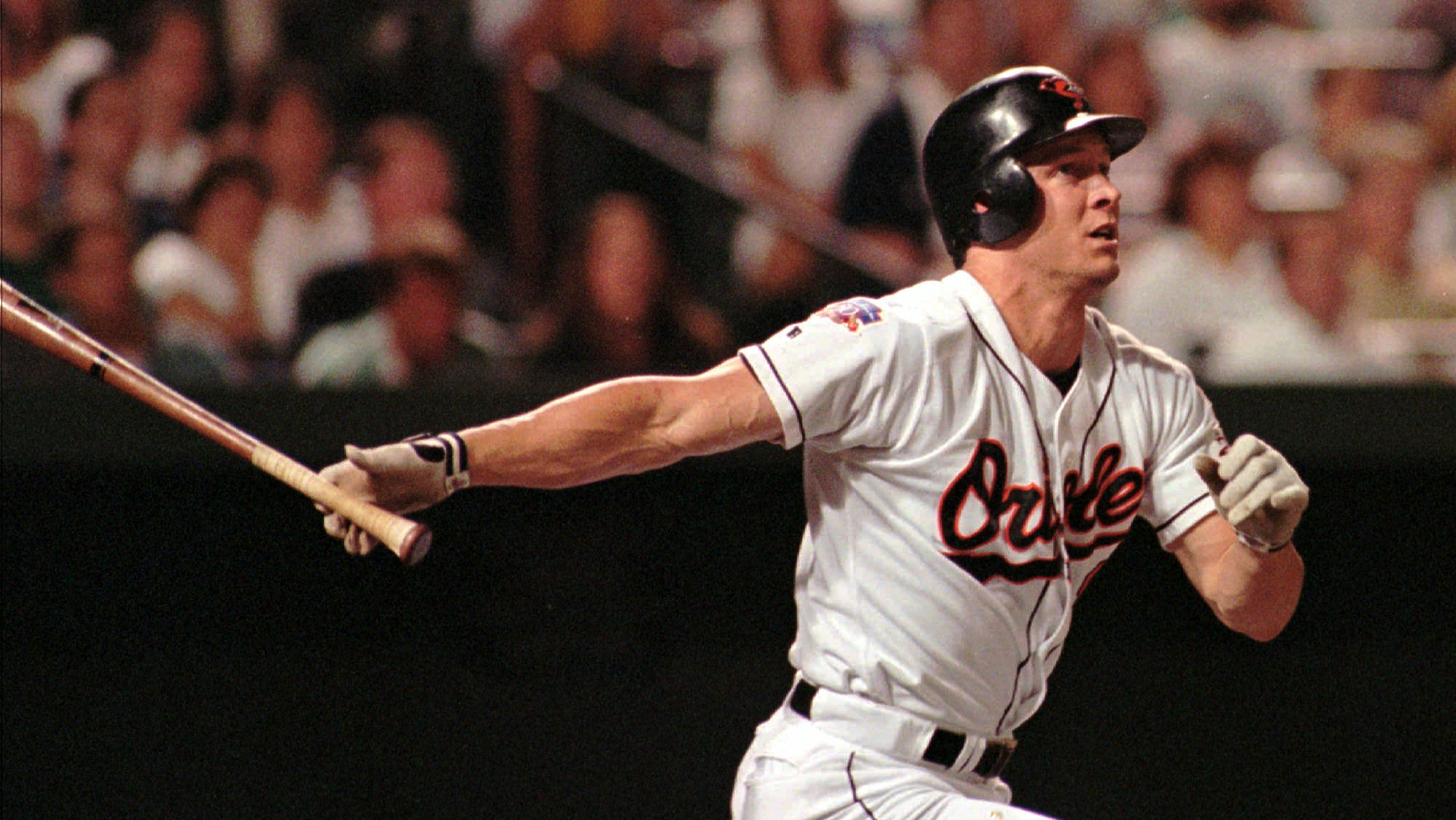
Nowhere is this transformation more evident than in the clubhouse of teams like the New York Mets. Tucked away under a counter, a mini-refrigerator stocked with beer often goes untouched, sometimes even obstructed by a laundry cart. These rows of Millers and Coors are a stark reminder of a bygone era. While an occasional celebratory beer might be cracked open – as Pete Alonso did after surpassing Darryl Strawberry’s franchise home run record – it’s an anomaly, not the norm.
Instead, many Mets players return to their lockers to find small bottles of tart cherry juice. This antioxidant-rich beverage, lauded for its ability to reduce inflammation, aid recovery, and improve sleep, has become a staple among athletes. It’s now far more common to see a semi-dressed baseball player sipping cherry juice, a smoothie, or a protein shake than a lager, an ale, or a fifth of whiskey. This is professional baseball in 2025.
Baseball’s Storied (and Sozzled) Past
The game’s relationship with alcohol runs deep, etched into the very fabric of its history. Legends like Babe Ruth were as famous for their prodigious beer consumption as their home runs. Hall of Famer Ty Cobb once recounted seeing Ruth “at midnight, leaning on the bed, ordering six club sandwiches, a tray of pork knuckles and a jug of beer. He was taking it all in while smoking a big black cigar.”
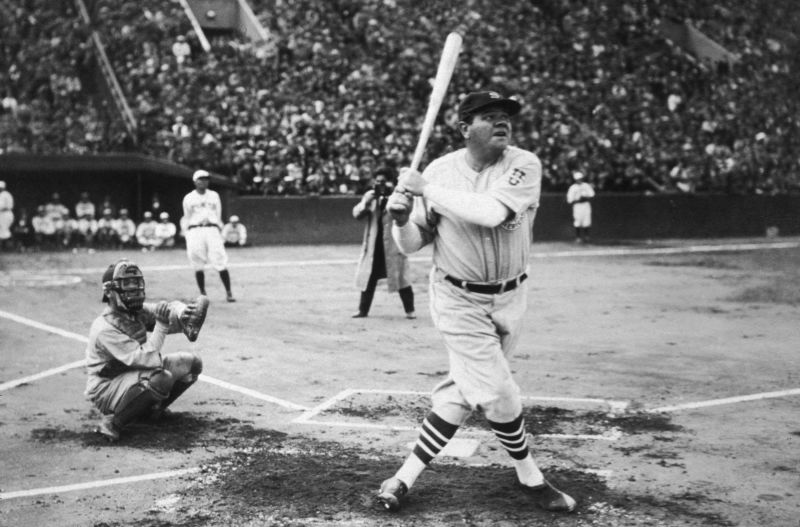
Mickey Mantle, the iconic New York Yankees outfielder whose career was curtailed by alcohol abuse, openly admitted to playing many games hungover. The notorious 1986 New York Mets, often described as a “raucous bachelor party disguised as a baseball team,” famously drank together before, during, and after games. Keith Hernandez, their former slugger and current color commentator, was known for having a bucket of ice-cold beers waiting for him post-game. Teammate Ron Darling even detailed in his book, “Game 7, 1986,” how Mets hitters would chug beers mid-game, timing it to coincide with the “start for the amphetamines” they were also consuming.
Even Hall of Famer Wade Boggs’ legend includes the tale of him drinking 100 beers on a single team flight (a number Boggs insists was closer to 70). In the early 2000s, Derek Jeter’s frequenting of New York City’s club scene became so public that Yankees owner George Steinbrenner publicly criticized him. Years later, from the safety of retirement, Jeter confirmed his love for going out, detailing his nightly club rotation.
The Digital Age: No Place to Hide
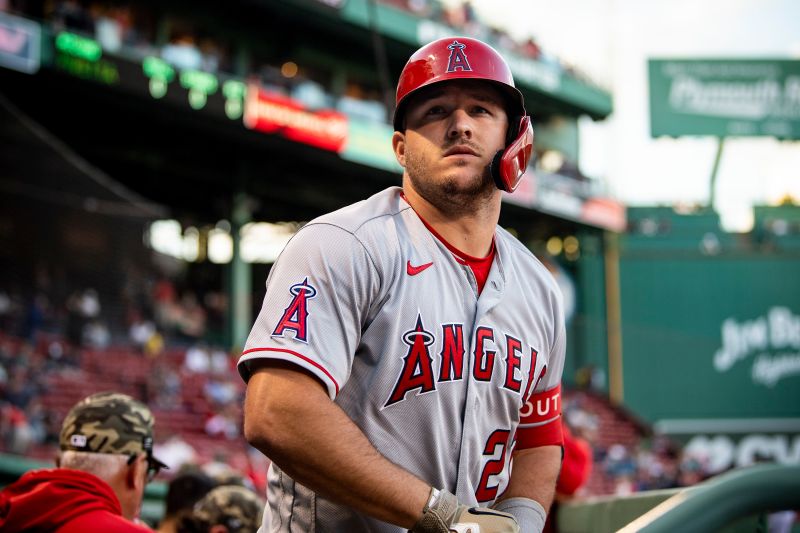
Today, the landscape is dramatically different. Many current players, even those whose careers briefly overlapped with Jeter’s, acknowledge that the ubiquitous smartphone has changed everything. As one high-profile All-Star explained, pulling out his phone, “Everybody’s got these.” Another recalled a team celebration where fans, phones in hand, recorded their every move, making the experience “quite annoying.”
This scrutiny means that “going out to a bar or club is pretty much non-existent” for many players, especially stars on big-market teams like the Yankees or Dodgers. The days of a larger-than-life personality like Jeter making tabloid headlines for tumultuous nightlife exploits are long gone. Former Mets ace Matt Harvey, whose party lifestyle contributed to the downfall of a once-promising career, might have been the last star to carry that kind of reputation.
The New Face of MLB Stardom
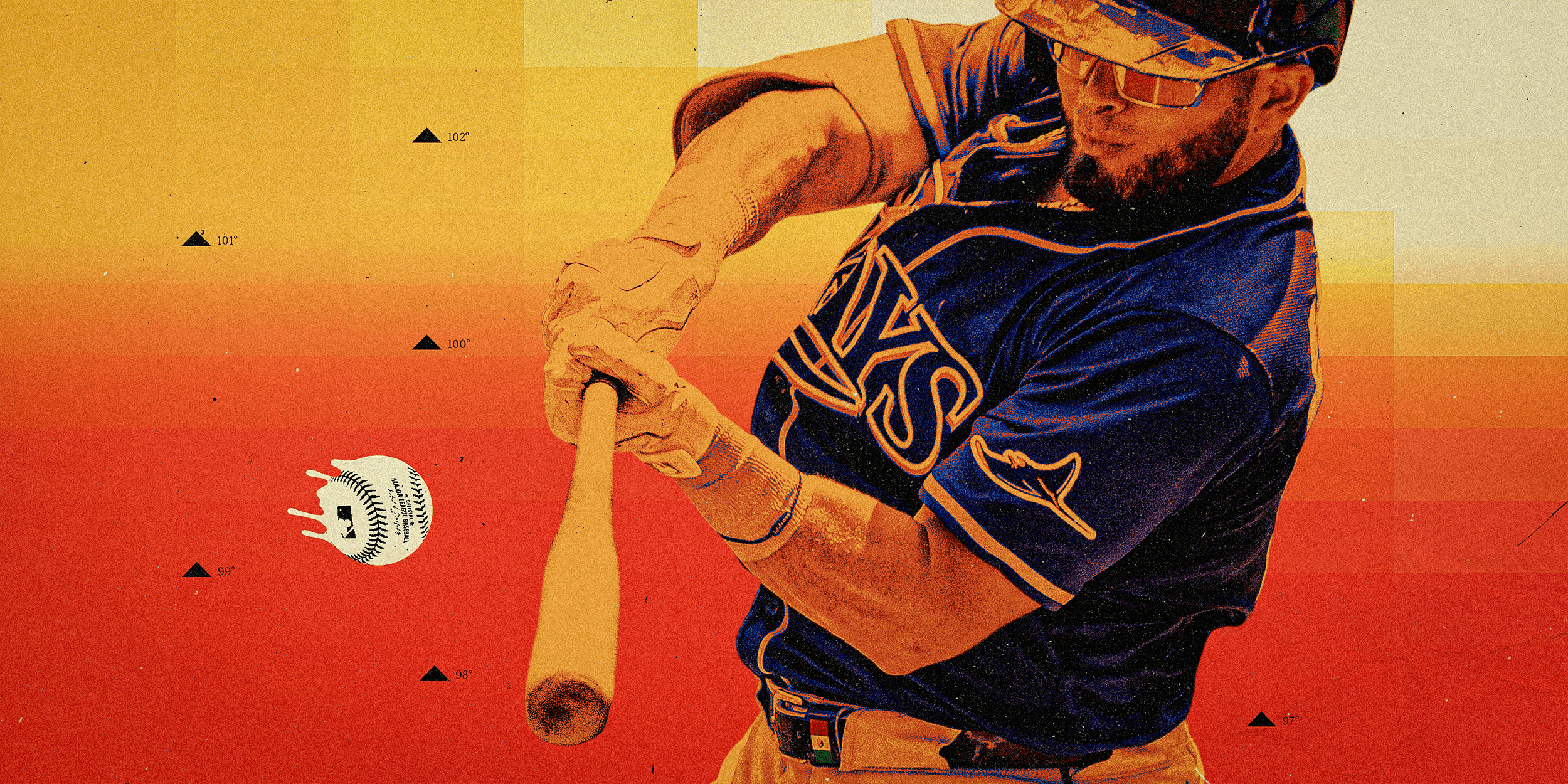
Today’s baseball stars offer little fodder for the tabloids. When pitching phenom Paul Skenes made a recent appearance at a bar in Omaha during the College World Series, he was seen drinking water from a plastic cup. Aaron Judge is a self-proclaimed homebody with a newborn, and Shohei Ohtani is legendary for his disciplined sleep routine and unwavering dedication to his craft. This is a far cry from 1998, when Yankees pitcher David Wells threw the 15th perfect game in MLB history, later admitting in his autobiography that he achieved the feat “half-drunk, bloodshot eyes, monstrous breath and a hangover pounding in the skull.”
While position players might still enjoy an occasional drink, playing hungover has become a lost art. The one notable exception remains the champagne-soaked clubhouse celebrations when teams clinch a playoff spot, where the next day’s lineup might feature players still feeling the effects.
Building Camaraderie in a Sober Era
Across the league, the consensus is that reduced alcohol consumption is generally positive for baseball. However, some veterans lament that building camaraderie in this era of greater sobriety is a more challenging task. Unrestrained bingeing, often alcohol-induced, historically served as a powerful, unifying force. Modern teams are now finding new ways to foster team bonds, often through group dinners and shared, sober activities, adapting to a transformed cultural landscape.
